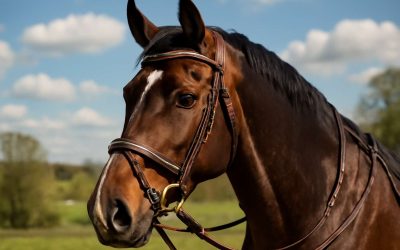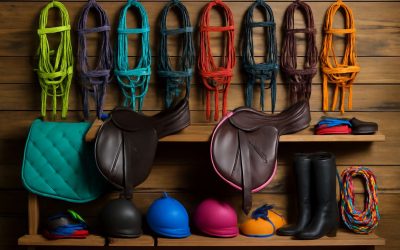Achieving the skills to ride a horse well takes years (and sometimes decades) of practice. However, the initial experience of riding a horse can be an exhilarating and unforgettable one! It is important to remember that horses are living creatures who feel and have good days as well as bad ones, and they may not be immediately receptive to you. Therefore, it is important to be patient and to not let a few setbacks derail your enthusiasm and confidence in yourself as a rider.
Riding a horse requires a great deal of body control and coordination. As a result, it can be difficult for beginners to learn to balance and stay on the horse. However, the key to learning how to ride is to keep your body in a balanced position, and to communicate with the horse using natural and artificial aids. Natural aids include voice, leg, and hand signals, as well as the distribution of the rider’s weight. Ideally, the rider should sit deep in the saddle with his/her heels down and pressed firmly into the stirrups. This will help to keep the rider secure in the saddle and distribute their weight evenly over the whole seat of the horse.
It is also important to use the reins appropriately to help guide the horse and communicate with them. In general, it is a good idea for new riders to pull the reins toward their belly buttons, rather than towards their ears, as this will avoid pulling on the horses mouth and possibly causing them to become confused or tense. In addition, it is a good idea to keep the reins lightly held in order to maintain a firm grip and control.
The most common mistake that people make when they first start riding is to overuse the reins, which can lead to a lot of tension in the horse’s mouth and neck. Instead, new riders should focus on using their legs to direct the movement of the horse. The reins should be used only to slow or stop the movement of the horse, if necessary, or to reinforce the horse’s obedience.
Another important aspect of riding is proper clothing, which includes wearing a helmet at all times. Additionally, the wearer should not wear any loose clothing that could get caught in the horses’ tack or equipment. For example, scarves and necklaces that hang down can easily catch on the bridle or reins and potentially spook the horse. It is also a good idea for the rider to wear long pants and boots with a small heel, as these will allow the rider to plant his/her feet firmly into the stirrups.
In addition to the above tips, it is important for new riders to realize that it will take some time to build a connection with the horse and to develop a feeling of safety. As a result, it is not realistic to expect that someone will be able to pick up riding in a few lessons, and the best way to learn is by enrolling in an introductory course.



0 Comments